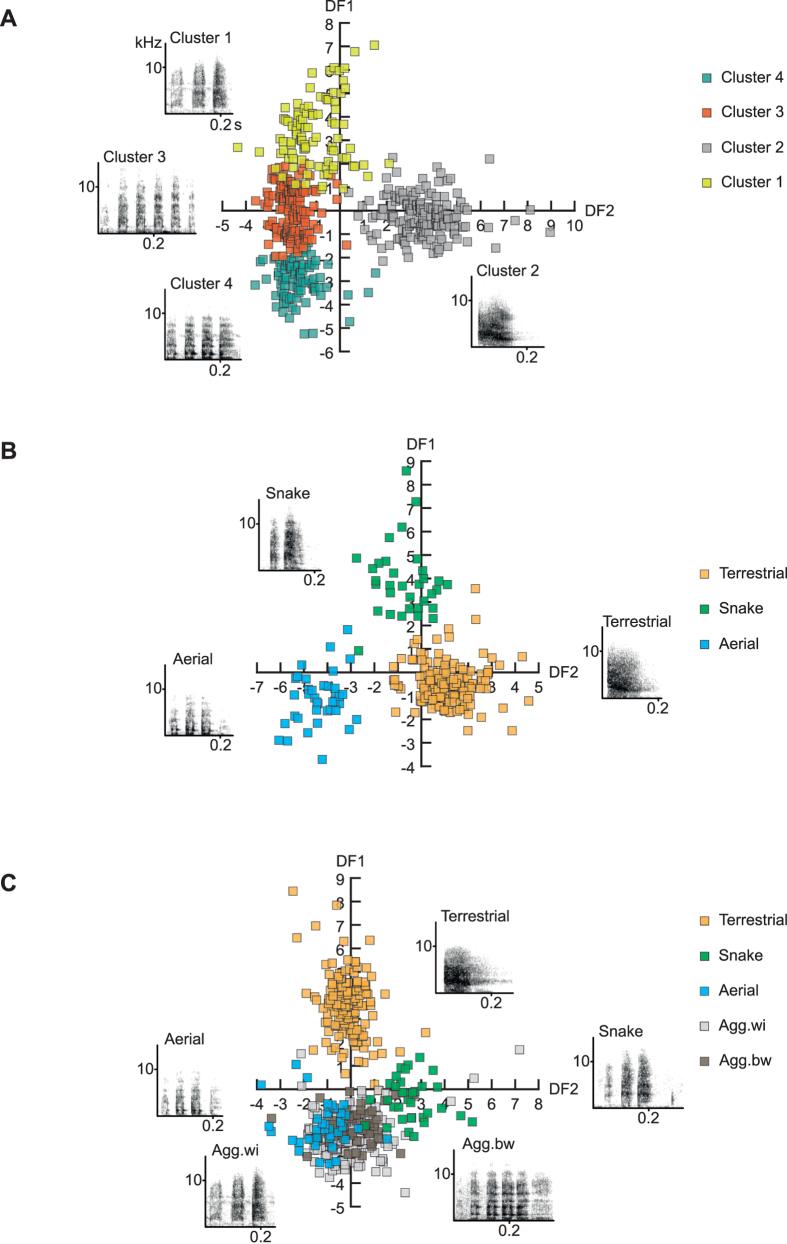Figure 1. Structure and discriminability of female vervet vocalizations given in alarm and aggressive contexts.
(A) Scatter plot of the four identified clusters based on discriminant function analyses using cluster membership as grouping variable. Spectrograms depict representative call exemplars with a small Euclidean distance to the cluster centre for each cluster. (B) Scatter plot of the discriminant scores with corresponding spectrograms of female alarm calls given in response to leopards, eagles, and snakes. (C) Scatter plot of the discriminant scores with corresponding spectrograms of female alarm calls given in response to leopards, eagles, and snakes, as well as during within- and between-group aggression. All spectrograms were made using the following settings in Avisoft: 256 FFT, frame size of 100% (Hamming window), frequency resolution 172 Hz; 50% window overlap, temporal resolution 2.9 ms. Abbreviations: kHz: Kiloherz, s: seconds, DF1: discriminant function 1, DF2: discriminant function 2.

